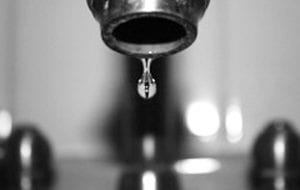
Amanda Abrams: Let’s start at the very beginning. What is water justice?

Radhika Fox, CEO of the US Water Alliance
Radhika Fox: Water and how we manage our water systems can lead to multiple benefits, or multiple harms in a community—we can utilize it to create economic prosperity and environmental sustainability, or it can lead to the negative. For us, water equity or justice is “How do we make sure that all people have safe, affordable access to drinking water?” That is, they turn on their tap, they know that what comes out is safe to drink. They flush the toilet, that dirty water is safety returned to the environment.
There’s a second dimension. If we look at cities and communities around the country, we know that the investment we make to upgrade infrastructure is one of the biggest investments cities will make. We think that the economic benefits of those investments—jobs, contracting opportunities, how those investments impact neighborhood revitalization—have to be front and center, and that low-income communities and people of color benefit.
Third, 97 percent of climate stress is experienced as a water-related challenge. We experience climate stress as water stress. As we invest in resilience or climate adaptation, we have to do so making sure that vulnerable communities who are often hit worst are able to be more resilient in the face of that.
Isn’t everything you’re working on ultimately health-related? Obviously lead-contaminated water is a health issue, but isn’t it also a health issue when families have to skimp on food because their water bills are so high, or when aging infrastructure means their access to clean water might be cut off?
I would agree. I think the health and health equity community understand that connection in general. I do think the water piece has been less of a focus, but it’s coming into sharper relief. In the evolution of water systems in the U.S., one of the biggest achievements was putting in sewer—and the public health benefits of that. But that connection in recent years has been lost. The water management field has become more technical, focused on things like good engineering; as a sector, we’re not as good at keeping that focus on people and public health. The Flint water crisis brought into bold relief for the nation and the public the intimate relationship between water, race, poverty, and health. But it was also a call to action in the water industry in terms of reforging the relationship between water management and public health.
Maybe people thought access to water was no longer an issue in this country.
There were a couple of factors at play. I think for the general public, water is a silent service. Most of the infrastructure is underground, treatment plants are out of sight and out of mind. But for those in the water industry, like utility managers, they’re struggling to figure out how to keep up with aging infrastructure—and it’s all being funded by the local rate base. They’re being confronted firsthand with the affordability challenge and the growing equity challenges in water.
Why has the federal government been backing off of investments in water infrastructure for so long?
Fifty years ago, our nation’s waterways were so polluted. The Cuyahoga River in Cleveland burned not once but 13 times. That was an iconic image, and it led to the creation of the Environmental Protection Agency and programs that really built these systems. But how they’d be operated and maintained over the years wasn’t built into that. That’s part of the challenge now. It’s got to be a multifaceted thing. We need to continue to call for federal investment. After all, at the same time as investment [in water infrastructure] has declined so precipitously, the levels of investment in transportation infrastructure by the federal government have remained basically the same.
But I don’t think there’ll be a magic pot of money that’ll come from the federal government. It will have to be based on local ratepayers. So we’ll have to think smartly. Lower-income people can [only] pay what they can pay, so utilities will have to raise rates overall to meet investment needs.
What is the “Value of Water Campaign”?
It’s an effort that brings together a lot of people across the water industry to educate people about the value of water and the value of investment in sustainable water infrastructure. We’ve been working together for about four years or so on this goal. We have a national Value of Water index that we’ve been publishing every year; it looks at public attitudes towards water, concerns, etc. People do understand how essential water is to their quality of life. Water polls very high as an infrastructure investment, regardless of Democrat versus Republican, male or female. We also create opportunities to allow everyone who cares about their water resources to show their commitment and act.
The concept of using infrastructure investments to also spur economic growth in nearby communities and overcome longtime inequities—I see hospitals doing it, too. For example, some are aiming to procure goods locally and hire from the neighborhood. Is this an idea that’s becoming more popular in general?
We’re seeing this kind of inclusive development in lots of different sectors. I think it is a newer push in the water arena. Every sector, like housing or transportation, has its own personality. And I really do think that the water folks are very much inside the fence, focused on what happens in the plans—it’s a very “heads down” culture. But I think now the challenges are too great when it comes to climate. The demographic shifts, affordability shifts, are pushing the water sector to think differently and relate to the community differently.
There are some really exciting examples around workforce inclusion and equitable contracting—for instance, the San Francisco Public Utility Commission has adopted a community benefits program; it’s the first broader utility to have one in place. That’s beginning to change the water industry. That’s what we’re calling One Water: can I build this water project but also think of it as a jobs strategy, also a strategy to revitalize a neighborhood?
We need to think of water utilities as anchor institutions: they’re really place-based and they’re not going away; they’re large institutions, and the infrastructure is weaving its way through every neighborhood, every street. One of the things we’re trying to do is really equip utilities with that understanding that the choices they’re making have to be first and foremost about safe drinking water and the safe processing of wastewater, but there are also so many place-based aspects that they can keep in mind.

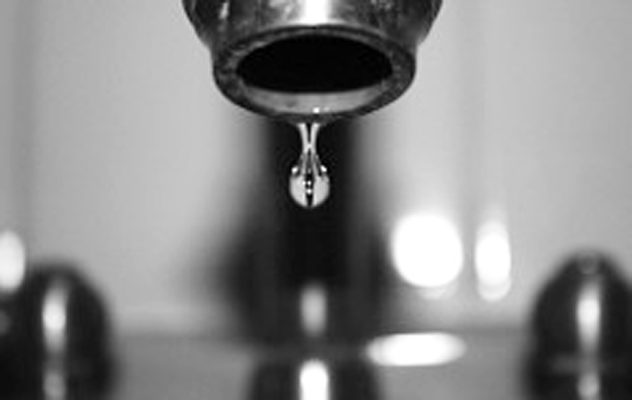
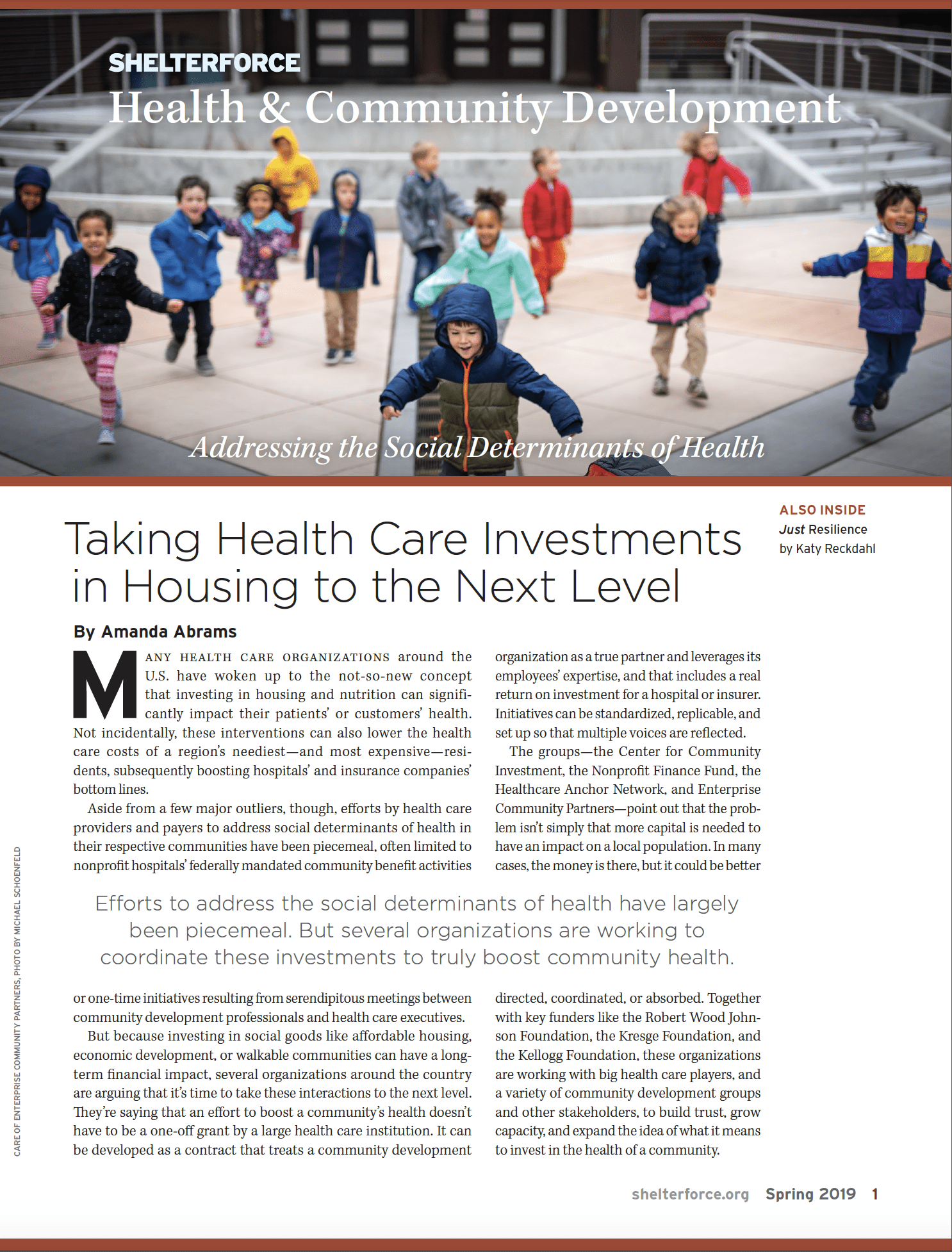
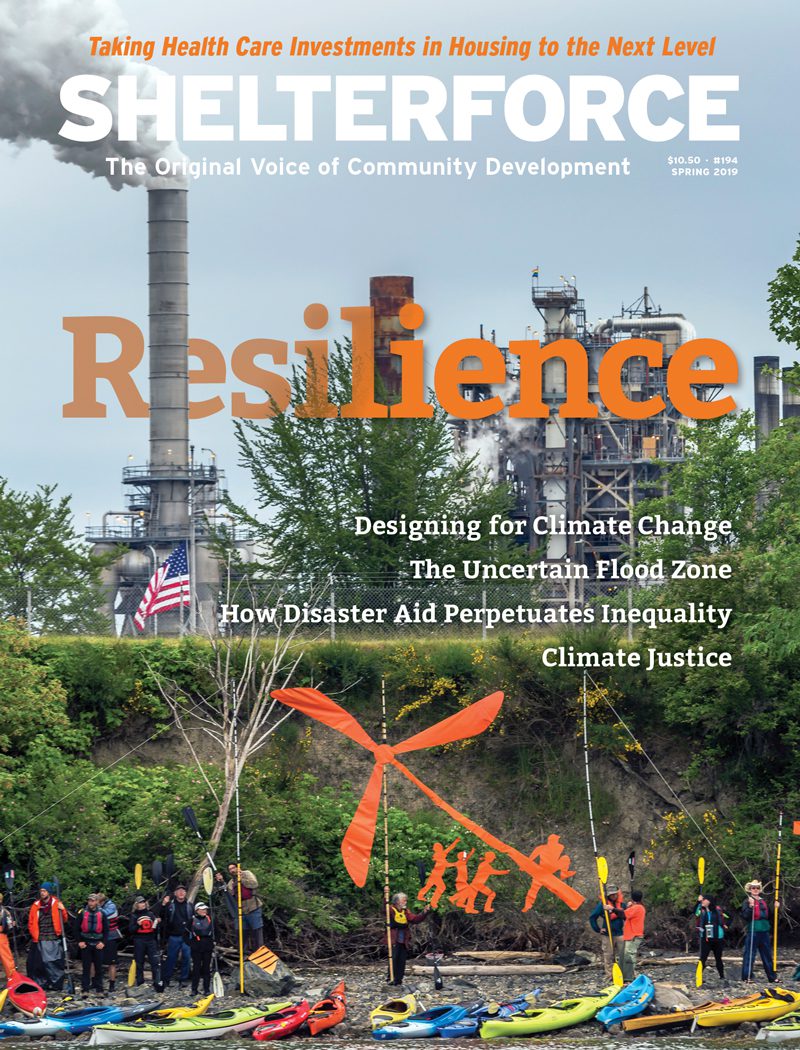
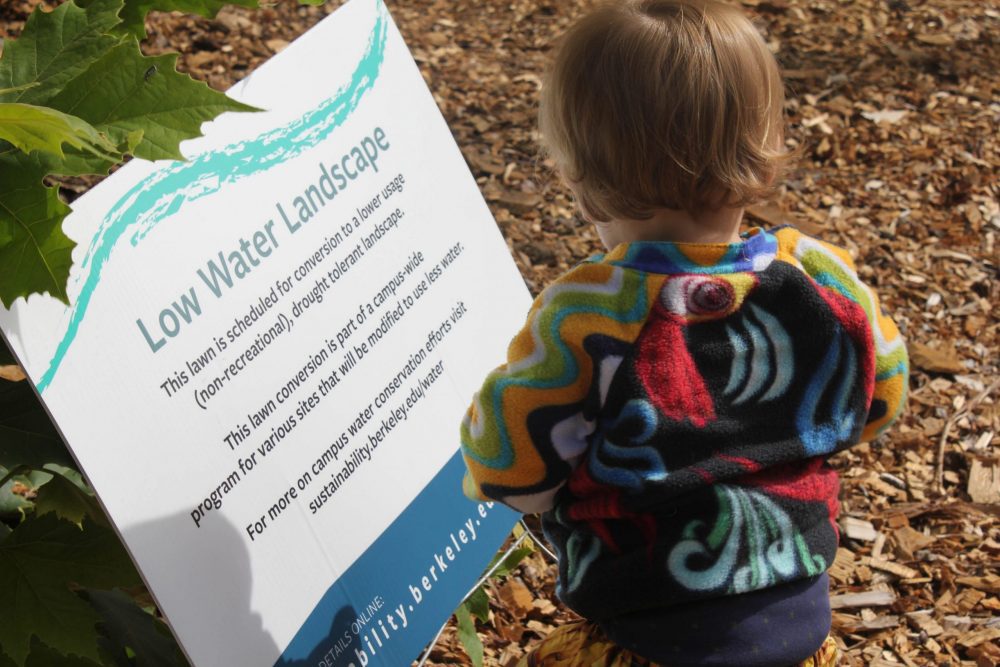
Comments